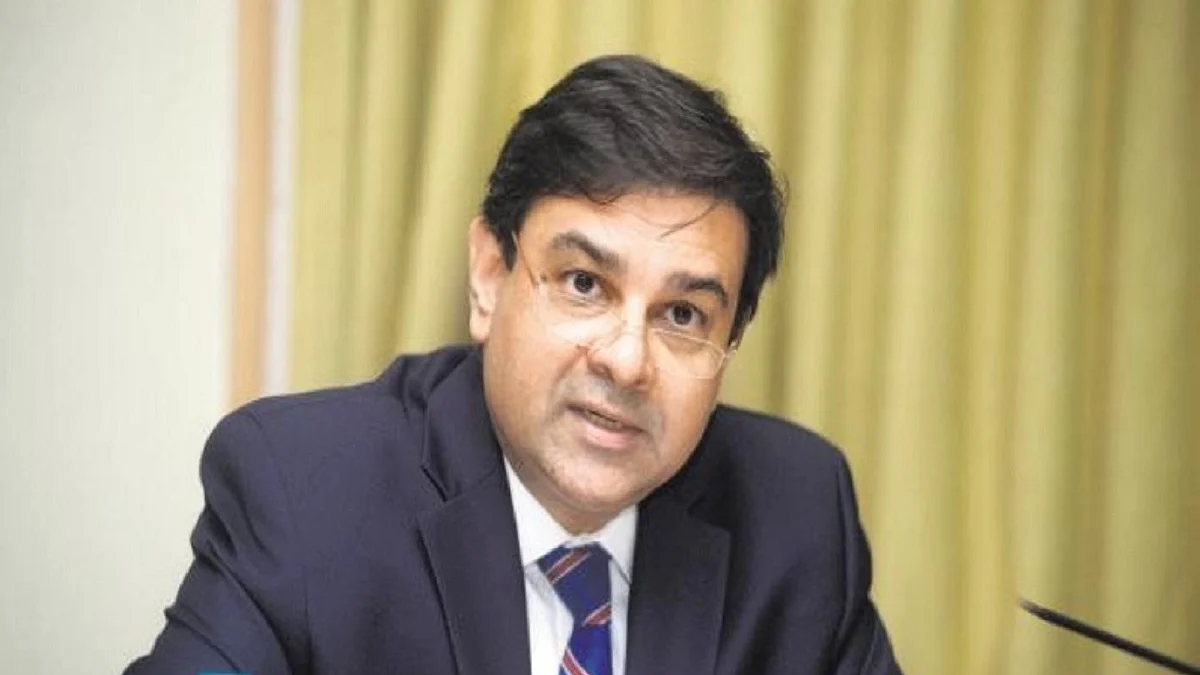Insolvency Law caused rift with Modi govt, Ex-RBI chief Urjit Patel reveals in his book
New bankruptcy law caused disagreements between Prime Minister Narendra Modi’s government and the central bank, said former Reserve Bank of India (RBI) Governor Urjit Patel

New bankruptcy law caused disagreements between Prime Minister Narendra Modi’s government and the central bank, the former Reserve Bank of India (RBI) Governor Urjit Patel, said according to a report in Bloomberg.
Urjit Patel headed RBI from September 2016 to December 2018.
According to his erstwhile deputy Viral Acharya, efforts to clean the banking system cost Patel his job.
The differences between the ex-RBI Governor and the Modi government rose after a February 2018 RBI circular, which forced banks to immediately classify borrowers as defaulters when they delayed repayments, barred defaulting company founders from trying to buy back their firms during insolvency auctions, and push them into bankruptcy if a resolution timeline wasn’t met.
In a book released on Friday, Urjit Patel has detailed this phase of disagreement between the government and the Central Bank.
Patel said the government seemed to lose enthusiasm for the legislation in the middle of the year.
“Instead of buttressing and future-proofing the gains thus far, an atmosphere to go easy on the pedal ensued,” Patel wrote. “Until then, for the most part, the finance minister and I were on the same page, with frequent conversations on enhancing the landmark legislation’s operational efficiency.” Patel wrote in his book.
Patel’s comments throw a light on the tussle between the RBI and the government, which finally led to a U-turn that stunned the Indian business world when the Supreme Court last year struck down the RBI’s February circular.
The decision “made the insolvency regime vulnerable, possibly brittle,” Patel wrote, and warned that subsequent changes risk reversing gains from the efforts to clean one of the world’s largest bad-loan piles.
Shaktikanta Das the current RBI Governor in June 2019 eased rules to give lenders 30 days to review a delinquent account and a further 180 days to implement a resolution plan, loosening the previous timeline. It also lifted the deadline to push defaulters into bankruptcy.
“Since the time-bound threat of insolvency application is not credible anymore, it is unclear what threat points will compel resolution in 180 days (or, for that matter, even 365 days),” Patel wrote in his book.
The average time to resolve a case is about 400 days under the Insolvency and Bankruptcy Code versus more than four years before the law was enacted, according to a government report in March.
Patel’s exit from the RBI was followed months later by that of his deputy, Acharya.
An excerpt from Acharya’s yet-to-be-published book echoes concern about bad debt, with Acharya saying that plans to clean up and recapitalize the banking system were ready but “in about 10 months to follow, not only did progress stall but also several policies regressed,” the report in Bloomberg said.
Capital was injected in weaker rather than healthier public sector banks, capital standards were diluted, and the resolution of several non-performing borrowers under the Insolvency and Bankruptcy Code was stayed, according to the excerpt published on Friday by BloombergQuint.
In November 2018, about a month before Patel resigned, people with knowledge of the matter told Bloomberg News that Modi’s government had proposed changes in rules to enable closer supervision of the central bank. This included setting up panels to oversee functions including financial stability, monetary-policy transmission and foreign-exchange management, with the move intended to empower the RBI’s board, which includes government nominees.
Follow us on: Facebook, Twitter, Google News, Instagram
Join our official telegram channel (@nationalherald) and stay updated with the latest headlines
